Write up experiments and research with LaTeX templates for project and lab reports—including layout guidelines to help guide you through the writing process.
最近的

The increased data rates and reliability required to support emerging multimedia applications require new communications technology. We present results regarding two techniques used in high data rate transmission As orthogonal frequency division multiplexing (OFDM) the and multiple-input multiple-output (MIMO) scheme. The aim of this dissertation is to find efficient methods of providing reliable communication links using MIMO-OFDM under fast fading scenarios. Toward this end, both equalization and channel coding techniques are investigated. Despite many advantages of OFDM, OFDM signals are very susceptible to the time-varying channel, which breaks the orthogonality between sub-carriers, resulting in inter-channel interference (ICI). The ICI increases an irreducible error floor in proportion to the normalized Doppler frequency. This project report uses the LaTeX Template Project Titlepage Modified (v 0.1) by rcx. Original Source of template: http://www.howtotex.com Date: February 2014 This is a title page template which be used for articles & reports. This is the modified version of the original Latex template from aforementioned website.
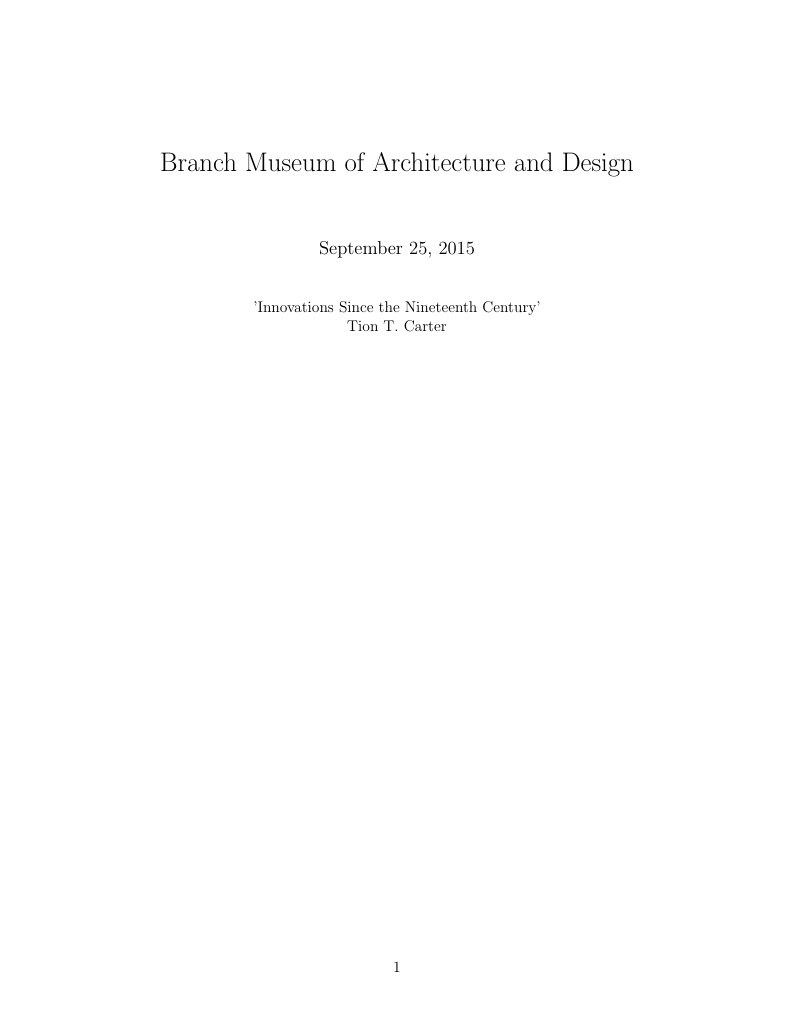
Simple Research Report
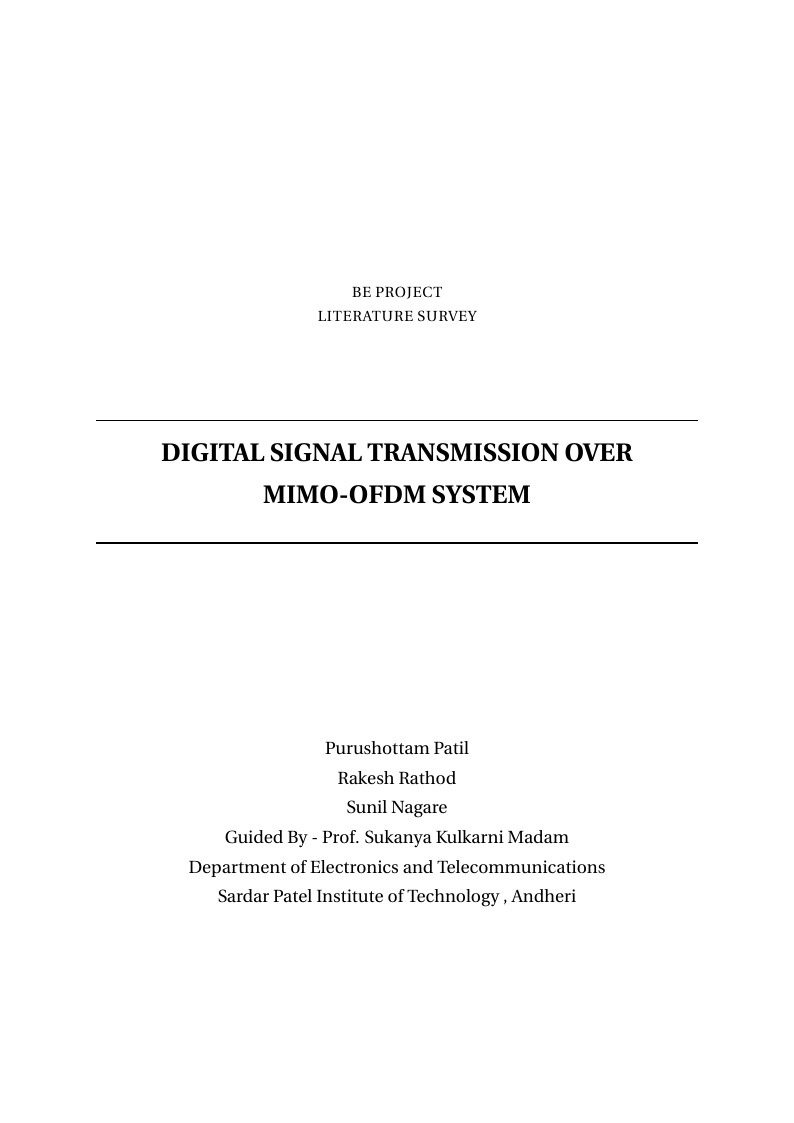
A project report using the LaTeX Template Project Titlepage Modified (v 0.1) by rcx. Original Source of template: http://www.howtotex.com Date: February 2014 This is a title page template which be used for articles & reports. This is the modified version of the original Latex template from aforementioned website.

Orthogonal frequency-division multiplexing (OFDM) is a method of encoding digital data on multiple carrier frequencies. OFDM has developed into a popular scheme for wideband digital communication, used in applications such as digital television and audio broadcasting, DSL Internet access, wireless networks, powerline networks, and 4G mobile communications..

Template: (c) 2010 Association for Computing Machinery (ACM) For tracking purposes => this is v1.3 - March 2012
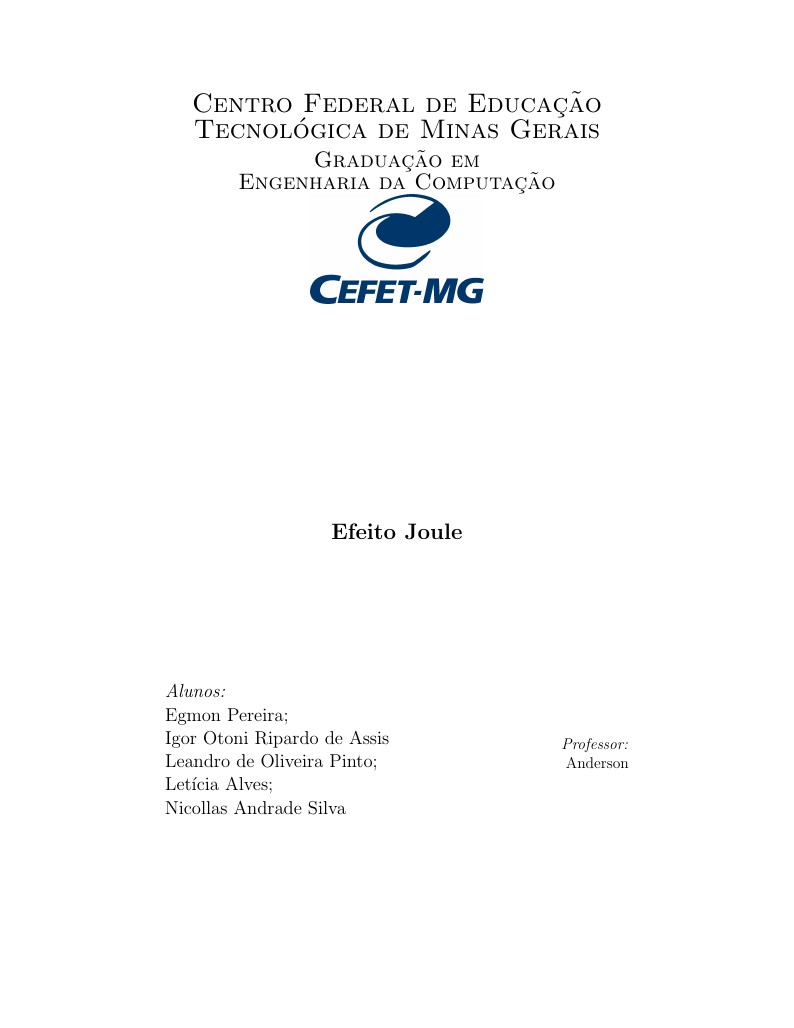
Trabalho de Grupo Cefet

Exemple de rapport pour les TIPE (Travaux d'Initiative Personnelle Encadrés) pour les concours d'entrée aux écoles d'ingénieurs à partir de la session 2017. Il y a surtout des exemples sur les différentes manières de composer des équations ainsi que comment introduire des portions de code Python pour illustrer son propos. NB: le script TeXcount pourra vous être utile car il permet de compter les mots utilisés dans chaque section d'un document LaTeX. Vous en trouverez une version en ligne à l'adresse http://app.uio.no/ifi/texcount/online.php Il suffit d'y copier l'ensemble du document (via Ctrl-A/Ctrl-C puis Ctrl-V dans la fenêtre idoine) pour obtenir le récapitulatif tout en bas de la page qui s'ouvre alors. (You can also get the word count in Overleaf by clicking on "Word Count" at the top of the file list panel.)
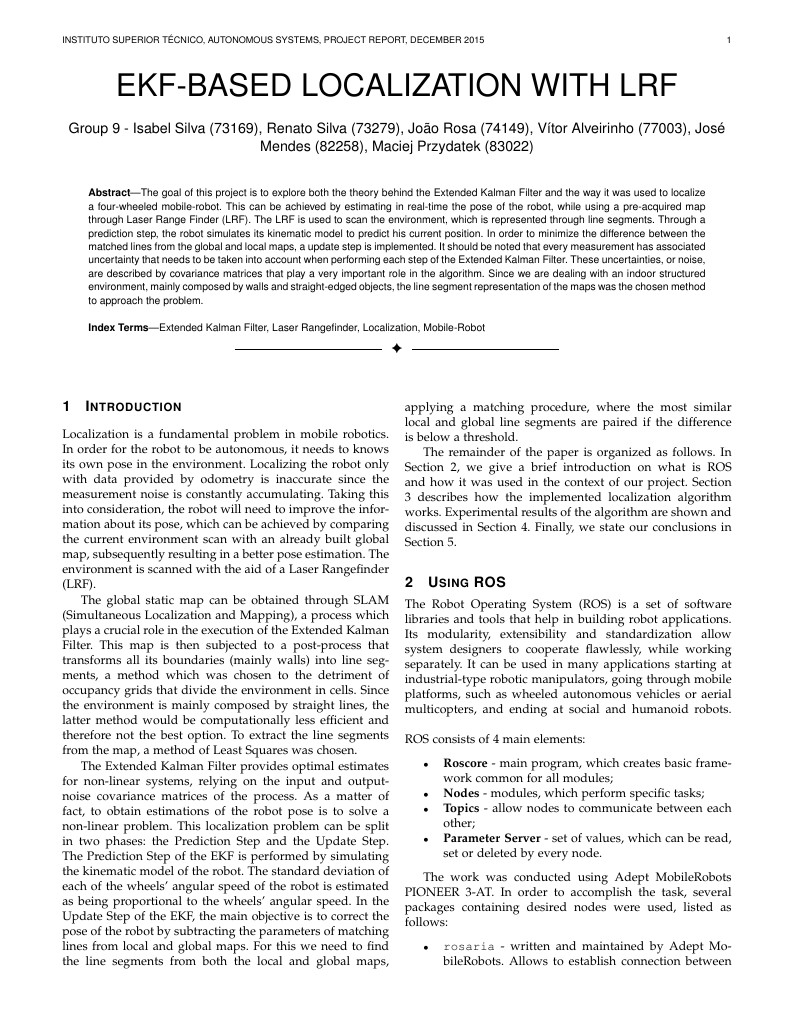
The goal of this project is to explore both the theory behind the Extended Kalman Filter and the way it was used to localize a four-wheeled mobile-robot. This can be achieved by estimating in real-time the pose of the robot, while using a pre-acquired map through Laser Range Finder (LRF). The LRF is used to scan the environment, which is represented through line segments. Through a prediction step, the robot simulates its kinematic model to predict his current position. In order to minimize the difference between the matched lines from the global and local maps, a update step is implemented. It should be noted that every measurement has associated uncertainty that needs to be taken into account when performing each step of the Extended Kalman Filter. These uncertainties, or noise, are described by covariance matrices that play a very important role in the algorithm. Since we are dealing with an indoor structured environment, mainly composed by walls and straight-edged objects, the line segment representation of the maps was the chosen method to approach the problem.
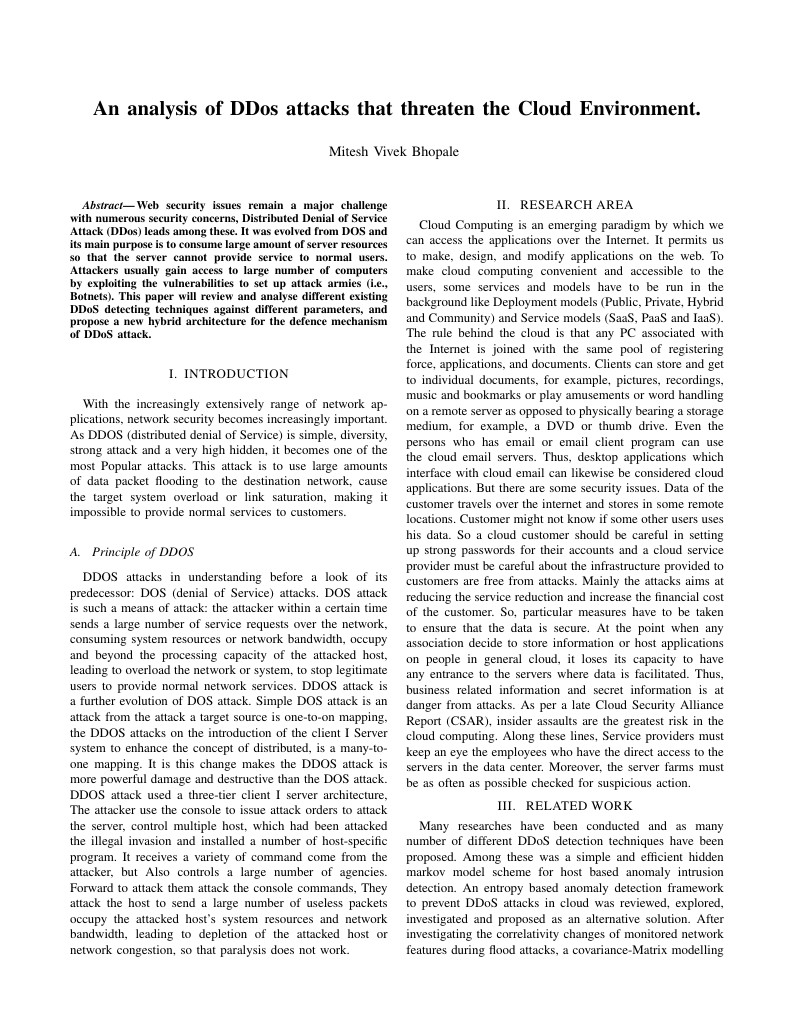
Web security issues remain a major challenge with numerous security concerns, Distributed Denial of Service Attack (DDos) leads among these. It was evolved from DOS and its main purpose is to consume large amount of server resources so that the server cannot provide service to normal users. Attackers usually gain access to large number of computers by exploiting the vulnerabilities to set up attack armies (i.e., Botnets). This paper will review and analyse different existing DDoS detecting techniques against different parameters, and propose a new hybrid architecture for the defence mechanism of DDoS attack.